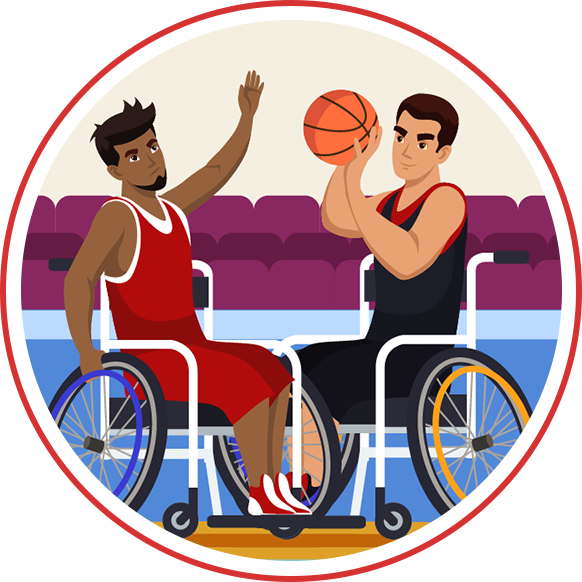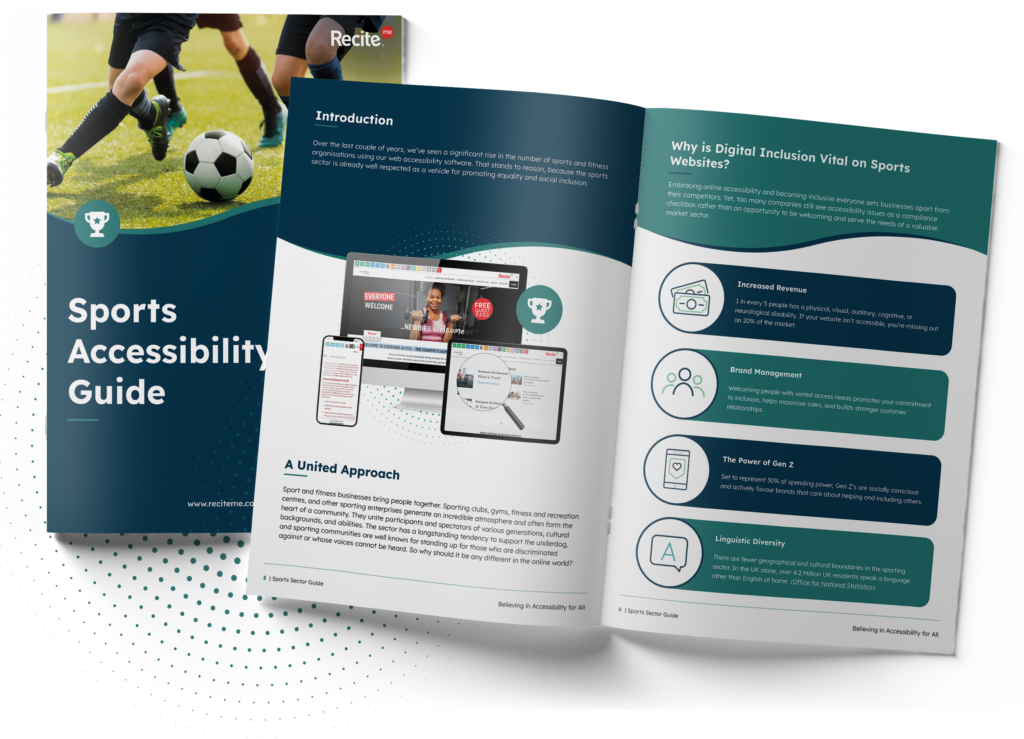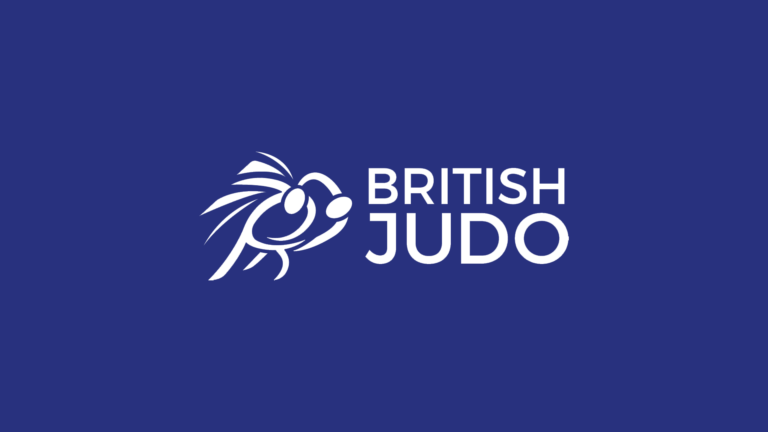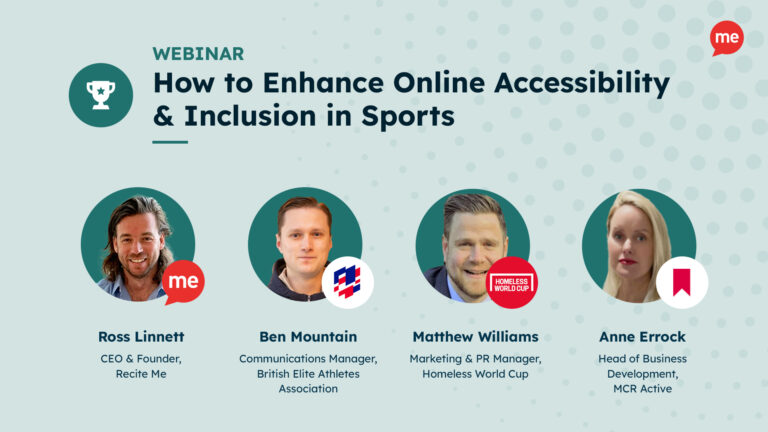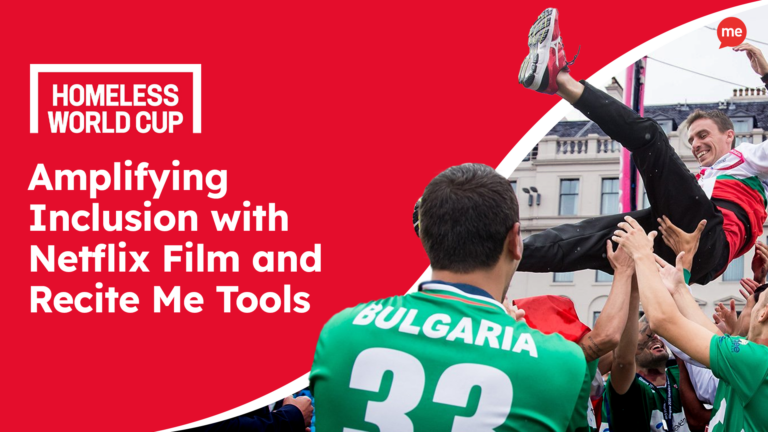Get Your Free Accessibility & Inclusion Toolkit
Download NowThe sports sector stands unique as an industry where competition and camaraderie converge. The power of sport to unite communities is unparalleled. However, even in our modern, forward-thinking, and increasingly ethically-minded society, there are still discrimination barriers in sport that prevent and deter many individuals from getting involved.
Join us as we explore discrimination in sport and explore a range of tangible solutions to remove obstacles and create a level playing field for everyone.
What is Discrimination
Discrimination hinders the full potential of diversity and inclusion in sport. it’s a complex social issue, yet the definition is simple: discrimination involves the unjust or prejudicial treatment of individuals based on certain traits.
There are two main types of discrimination, each with distinct characteristics. Understanding both is crucial for developing comprehensive strategies to create a more inclusive and equitable sporting environment.
Direct Discrimination
Direct discrimination occurs when individuals are treated less favorably due to specific attributes. It typically manifests through bias, exclusion, or unequal opportunities based on characteristics such as race, gender, disability, religion, or sexual orientation.
Indirect Discrimination
Indirect discrimination occurs when practices appear neutral yet still disproportionately impact certain groups. Unlike direct discrimination, the impact of indirect discrimination is not necessarily immediately apparent, but can still result in exclusion or unequal treatment.
Download our Sports Accessibility Guide
Read more on why website accessibility is important to sports businesses, who needs support online, the type of access barriers users face, our top tips for an inclusive sporting website.
Disability Discrimination in Sport
Disability barriers often extend beyond the parameters of active participation, presenting unique challenges that also apply to fans, spectators, and supporters. Obstacles may be physical or digital. For example:
- Sports dependent on equipment that can’t be modified or adapted so athletes with disabilities can compete effectively.
- Sports venues without ramps or accessible seating and locker rooms.
- Sports websites that prevent individuals with physical, cognitive, and neurological disabilities from accessing information, buying tickets, renewing memberships, etc.
Solutions for Overcoming Disability Discrimination in Sport
- Apply universal design principles to make sporting venues and facilities physically accessible.
- Promote adaptive sports at grassroots and professional levels.
- Ensure online infrastructure is accessible to everyone.
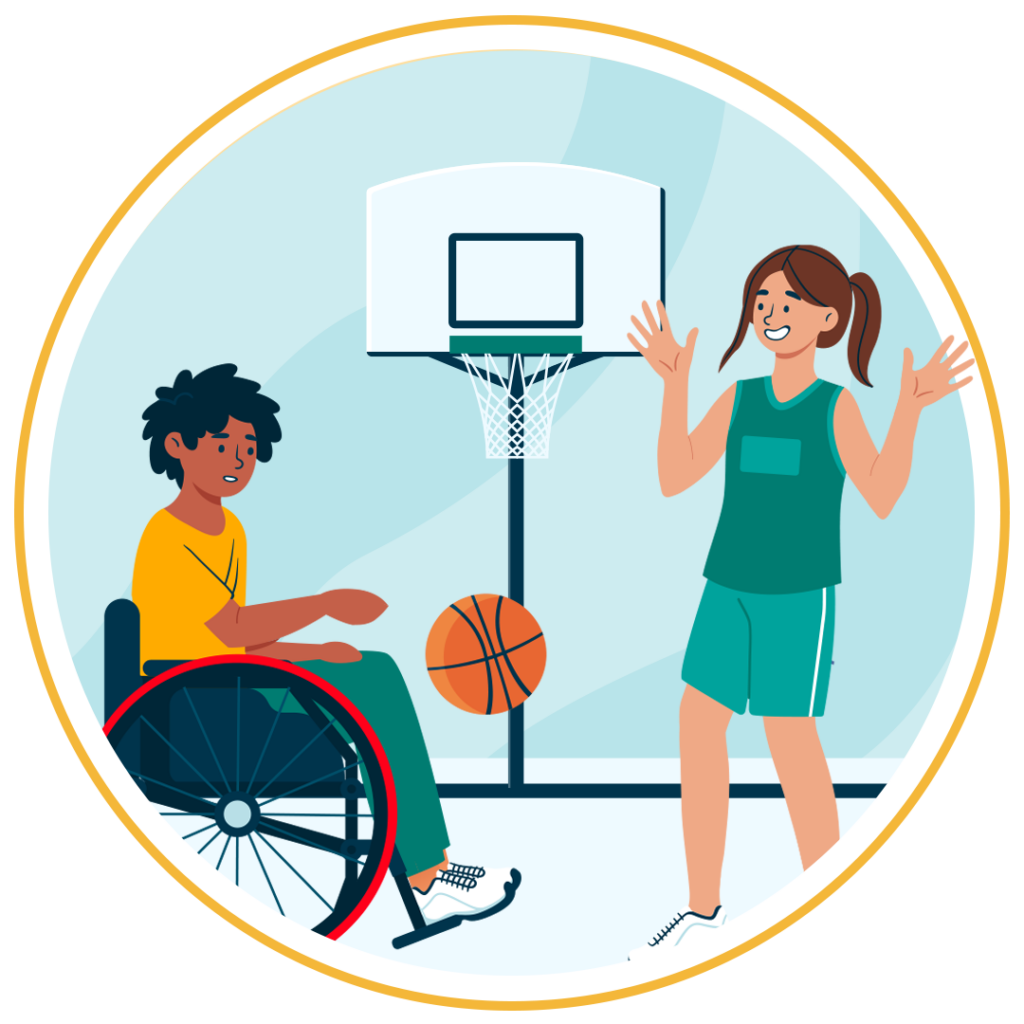
Gender Discrimination in Sport
Gender discrimination in sports refers to biased treatment of any gender, but primarily limits opportunities for women in various athletic pursuits. Examples include:
- Unequal pay between male and female athletes.
- Disproportionate media attention and coverage for male vs. female sports.
- Fewer and less lucrative sponsorship deals for women compared to men.
Solutions for Overcoming Gender Discrimination in Sport
- Advocate for and enforce policies that work to eliminate the gender pay gap.
- Amplify coverage to increase the exposure of accomplishments of women in sport.
- Encourage communities to support women’s sports teams and female athletes.
Racial Discrimination in Sport
Bias and prejudicial treatment based on race or ethnicity can be overt or subtle, impacting athletes, coaches, and participants alike. The consequences of racial discrimination affect opportunities, experiences, and overall well-being. Typical examples in sport include:
- Racial slurs and derogatory comments made against players during competitions.
- Underrepresentation of individuals from diverse racial backgrounds in coaching, administrative, and leadership positions.
- Sports marketing and promotions without diverse representation in images, videos, and articles.
Solutions for Overcoming Racial Discrimination in Sport
- Establish and rigorously enforce zero-tolerance policies that condemn and penalise racist behavior, both on and off the field.
- Develop training programs that address implicit biases and implement proactive initiatives to increase racial diversity in decision-making positions.
- Showcase participants and supporters from varied backgrounds across websites, apps, and marketing materials.
Religious Discrimination in Sport
Religious discrimination in sports results in the unjust treatment and the hindrance of individuals based on religious beliefs and practices. For example:
- Uniform requirements that fail to accommodate cultural dress practices.
- Scheduling conflicts that coincide with religious observances.
- Venues without prayer spaces for athletes, staff, spectators, and supporters.
Solutions for Overcoming Religious Discrimination in Sport
- Provide education and training to officials to enhance understanding and respect for diverse religious practices.
- Promote cultural competency training for sports officials to be more inclusive of athletes wearing religious attire like headscarves or turbans.
- Encourage open communication between sports organisations, athletes, and religious leaders to foster understanding and address potential conflicts.
Sexual Preference Discrimination in Sport
Discrimination based on sexual orientation manifests through bias, stereotyping, and exclusion, creating barriers that prevent LGBTQ+ athletes from fully participating and thriving in the sporting world. Examples include:
- Athletes experiencing derogatory comments or slurs both during and outside competitions.
- Hesitation to come out due to the fear of discrimination, resulting in a lack of openly queer athletes.
- Limited representation in mainstream media, reducing the number of LGBTQ+ role models across the sporting community.
Solutions for Overcoming Sexual Preference Discrimination in Sport
- Design and enforce explicit policies that prohibit discrimination and implement codes of conduct that promote respect, inclusivity, and diversity.
- Establish anti-bullying initiatives to prevent harassment and provide mental health support services to help those affected tackle the challenges of prejudice.
- Enhance the visibility of LGBTQ+ athletes through campaigns, media coverage, allyship programs, and partnerships.
Our 40-page Digital Accessibility & Inclusion Toolkit helps businesses break down online barriers and make a real impact. It offers practical advice on all aspects of digital accessibility, from writing an accessibility statement to accessible website tips and inclusive hiring.

How Sports Organisations are Tackling Discrimination
The fight against discrimination in sports is an ongoing battle that requires collective effort and commitment. From digital development and policy reforms to educational training and awareness campaigning, anti-discrimination efforts address a broad spectrum of issues.
Tackling Digital Discrimination
The journey toward inclusion begins way before individuals arrive at a sporting venue or start training or playing with a team. Often, it starts online with a Google search, making website accessibility a primary consideration.
With that in mind, several leading sports organisations have installed the Recite Me Toolbar to provide inclusive online experiences for individuals with a diverse range of access needs, including:
- Physical mobility issues
- Vision impairments like blindness, partial blindness, blurred vision, deaf blindness, and colour blindness.
- Neurodivergent traits like dyslexia, dyspraxia, hyperlexia, and dysgraphia.
- Attention disorders like attention deficit hyperactivity disorder (ADHD).
- Language and literacy problems.
- Learning disabilities.
- Hearing loss.

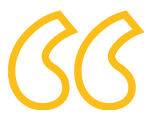
“Our name is something we truly believe in. When we say, ‘Everyone Active’, we really do mean everyone. Fitness and activity should be open to all and we are dedicated to removing barriers and making it more accessible wherever we can – whether that’s in our centres or on our website. Working with Recite Me to make our website even more accessible was a win-win decision for everyone.”
Erin Flower, Group Marketing Manager, Everyone Active
Other Organisations Fighting for Equality
Globally, there are thousands of organisations addressing discrimination on all fronts to improve equality and equity in sport. Here are a few leading UK examples.
Kick It Out
Established in 1993, the Kick It Out campaign was initially created to tackle racism in football. However, the organisation now covers all aspects of discrimination, inequality, and exclusion. By working directly with football clubs and coordinating educational programs and community outreach programs, Kick It Out reaches all facets of football – from local parks to the Premier League and beyond.
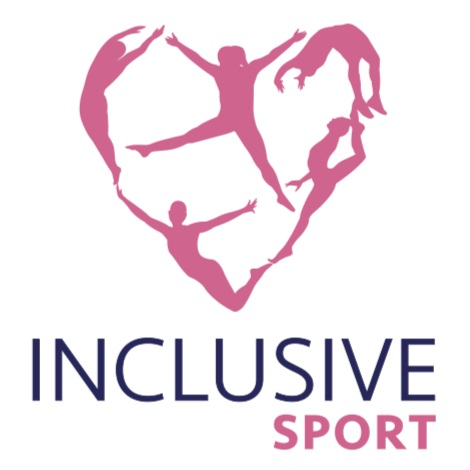
Inclusive Sport
Inclusive Sport exists to ensure everyone, regardless of background, ability, or needs, can engage in physical activity. Run by a management team comprising inclusion experts with a wealth of experience, Inclusive Sport specialises in working with people with additional needs and disabilities in schools and communities nationwide.
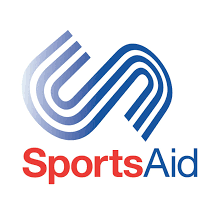
SportsAid
Dedicated to helping young sportsmen and women become the country’s next Olympic, Paralympic, Commonwealth, and world champions, SportsAid makes development opportunities, workshops, and training available to all facets of talent, including individuals from disadvantaged communities who would otherwise not have access to the necessary funding or facilities to compete.
How Recite Me Can Help
Inaccessible online information prevents people from getting involved in sports and sporting causes. Recite Me accessibility software significantly reduces disability discrimination by fostering inclusivity and making digital content more accessible.
The Recite Me Toolbar
The Recite Me Toolbar features a responsive layout that adapts to different screen sizes and resolutions across various devices and browsers. Displayed as an easy-to-find and easy-to-click icon, opening the toolbar provides access to a range of features that help users customise the appearance of webpages to make content easier to navigate and understand. They can utilise single or multiple adjustments to:
- Personalise font size, type, and colour options.
- Choose the exact colour contrast between the text and background.
- Screen Mask and Ruler for easier reading.
- Zoom in on any part of a webpage.
- Download content as an audio file as an alternative to reading.
- Convert page content into over 100 on-screen languages.
- Have webpages read aloud in a choice of 65 languages.
- Customise PDF documents or have them read aloud/ translated.
- Use the built-in spell-checker and a fully integrated dictionary and thesaurus.
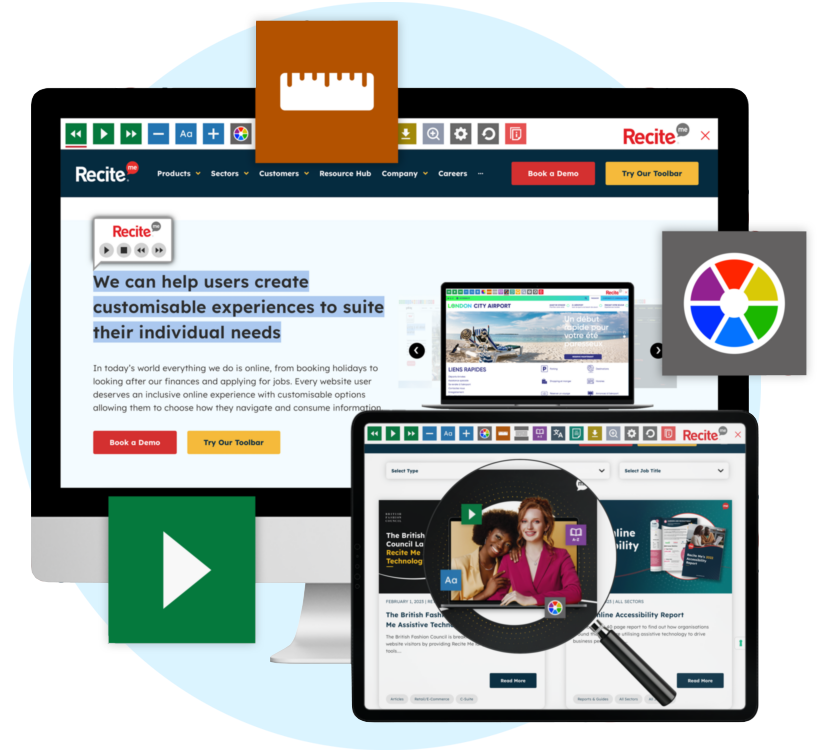
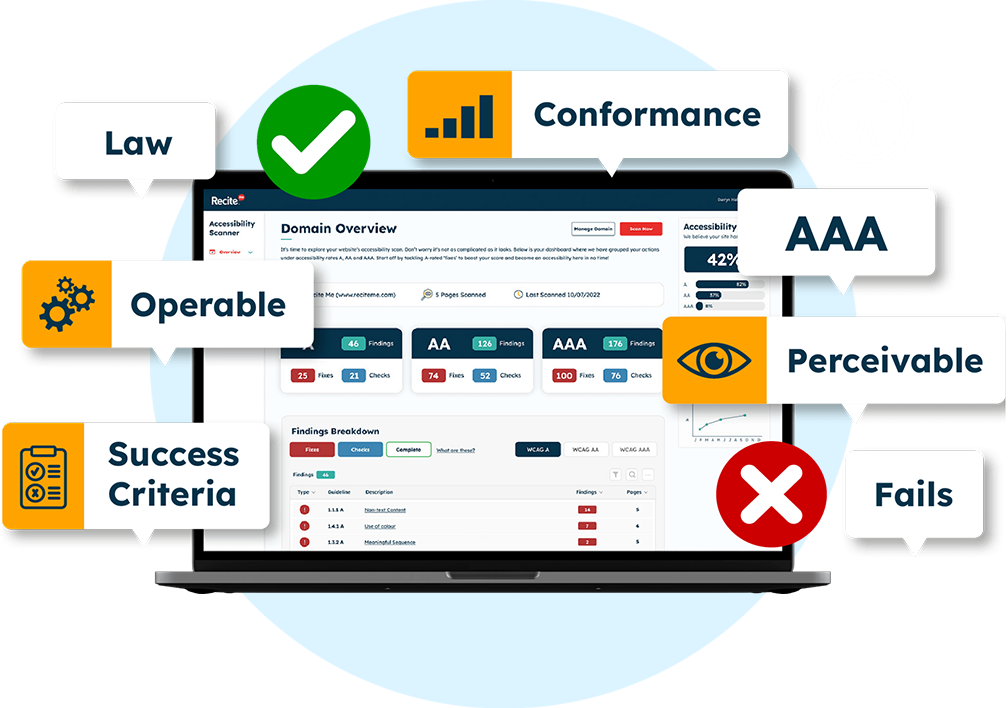
The Recite Me Accessibility Checker
The Recite Me Accessibility Checker does the legwork of making your website accessible from a technical perspective to ensure maximum accessibility on a broad scale. It audits back-end and front-end web development processes by running 396 separate compliance scans in line with international Web Content Accessibility Guidelines, then breaks down the issues you should be working to fix. The methodology follows a simple four-step process:
- Step 1: Scan Your Domains – Choose between scanning single or multiple pages.
- Step 2: Identify Accessibility Issues – Identify the locations of accessibility issues on your website.
- Step 3: Fix Accessibility Errors – Boost your accessibility score by prioritising fixes in line with WCAG Levels A, AA, and AAA.
- Step 4: Track Your Progress – Create and share custom reports with your team and roadmap the next issues in your fix queue.
Schedule a free demonstration or run a free scan of your website today!
